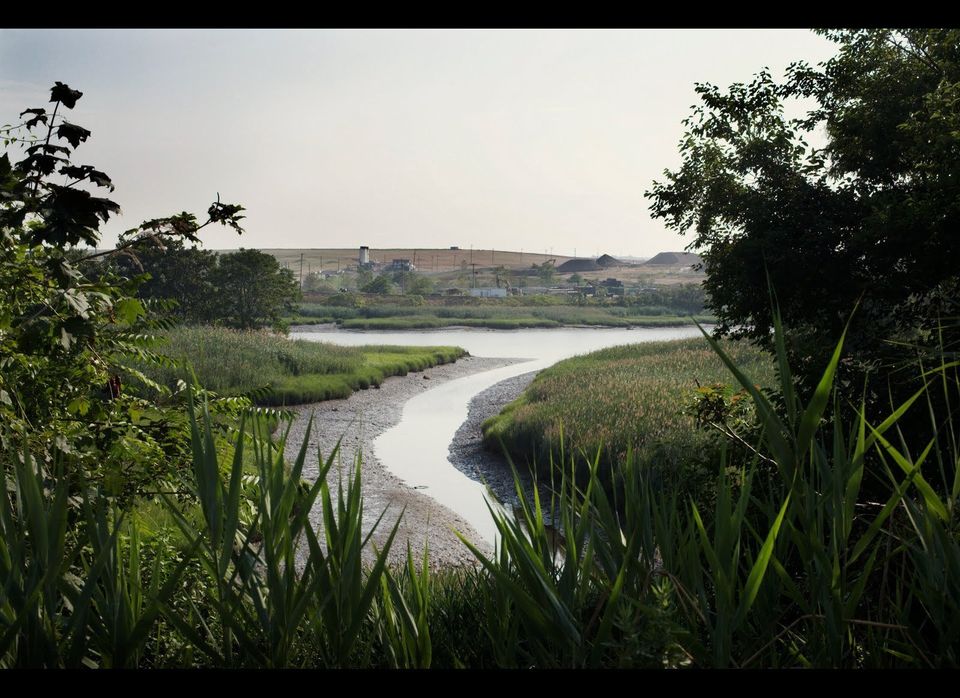It is amazing how many of people's thoughts and beliefs considered common sense have actually been preconceived not so long ago and have come to play a major role in the way we live our lives. Think about "recreation" - in urban planning, on a smaller or larger scale, recreation areas basically mean parks and public spaces to relax, walk through and enjoy lunch breaks. Holidays are practically the same concept stretched over a week: a retreat to more or less cultivated scenery of gardens, pathways and beaches to recover and recharge before city life sucks us back again in its ever-circulating blood flow.
Beyond the cliché romantics of these pictures lies a deeply preconceived opposition of city and nature, which grew only in the 19th century when industrialization along with economic prosperity and mass production brought also the need for adequate infrastructure and optimal organization of space and time. Understandably, cities which became the main centers of production had to form clusters where public, private and industrial spaces were components in the same network serving the functioning of the emerging industries. And those were the seeds of a lot of the problematic phenomena we observe today: urbanization, globalization, the accompanying traffic and population overload of cities and of course, the environmental crisis. As things get tougher, there is a stronger social, ecological and - yes, architectural - impetus for change which can roughly be summarized as "going back to nature" and all the different readings of "sustainability".
Story continues below.
Ironically, our predominant understanding of nature shares the same 19th century roots with the majority of problems we are facing today. This model which draws a thick line between city and nature, public and private, production and recreation has been exhausted for a while now, but it wasn't until the last couple of decades that architects, urban and landscape planners started to question the outdated dichotomy city-nature and to conceive them as components in a wider system along with sociological, cultural and environmental processes which constitute the reality of a place. Of course, surveying, representing and actually making use of those factors in planning requires the active involvement of many other disciplines in the design process and apart from all the hardships of cooperation and developing new approaches, it also requires rethinking some of the basic paradigms that define what makes a space a park, a square, a house etc. What excites me the most about it is the practical understanding that spaces of life, be it a wetland ecosystem or a metropolis, are dynamic entities encompassing a lot of different interacting subsystems which need to be acknowledged in their complexity and the actual attempts to translate the abstract talks into living environments.
My selection of projects today plays a different take on urban recreation areas and parks. They show that parks of the future can be something more than city oasis and recreation arena: some of them are powerful environmental vessels which can influence the natural qualities of their environments and develop not in spite of, but along with the city and its inhabitants. Others serve to regenerate a territory which over the course of time has been exhausted and became dysfunctional, lending it a new meaning in the urban fabric. And there are those trying to imbue the landscape with memories and the cultural and historical heritage of spaces, which all contribute to what we perceive as "the spirit of a place" and what actually makes us remember it, love it, go back to it. And thus, keep it alive.
